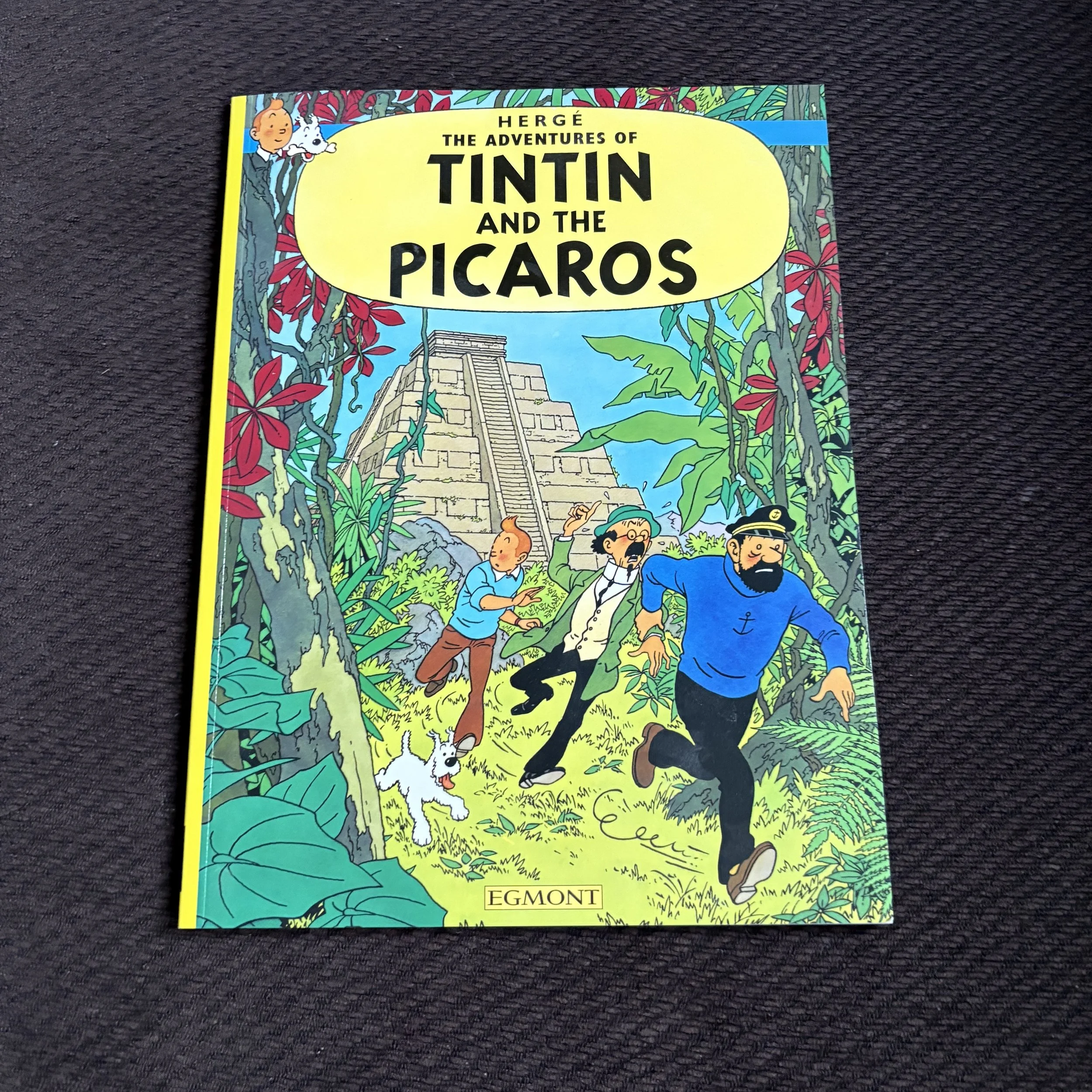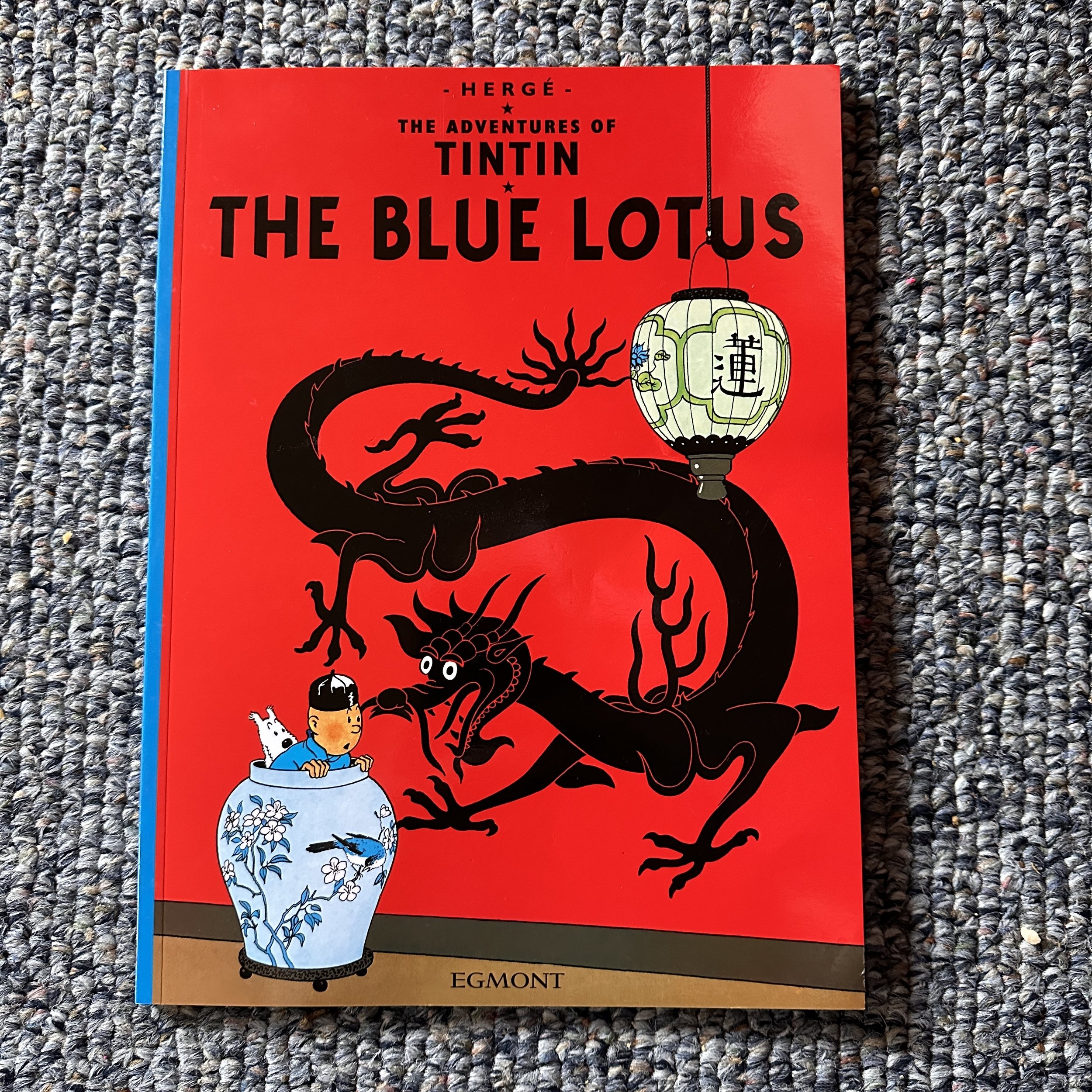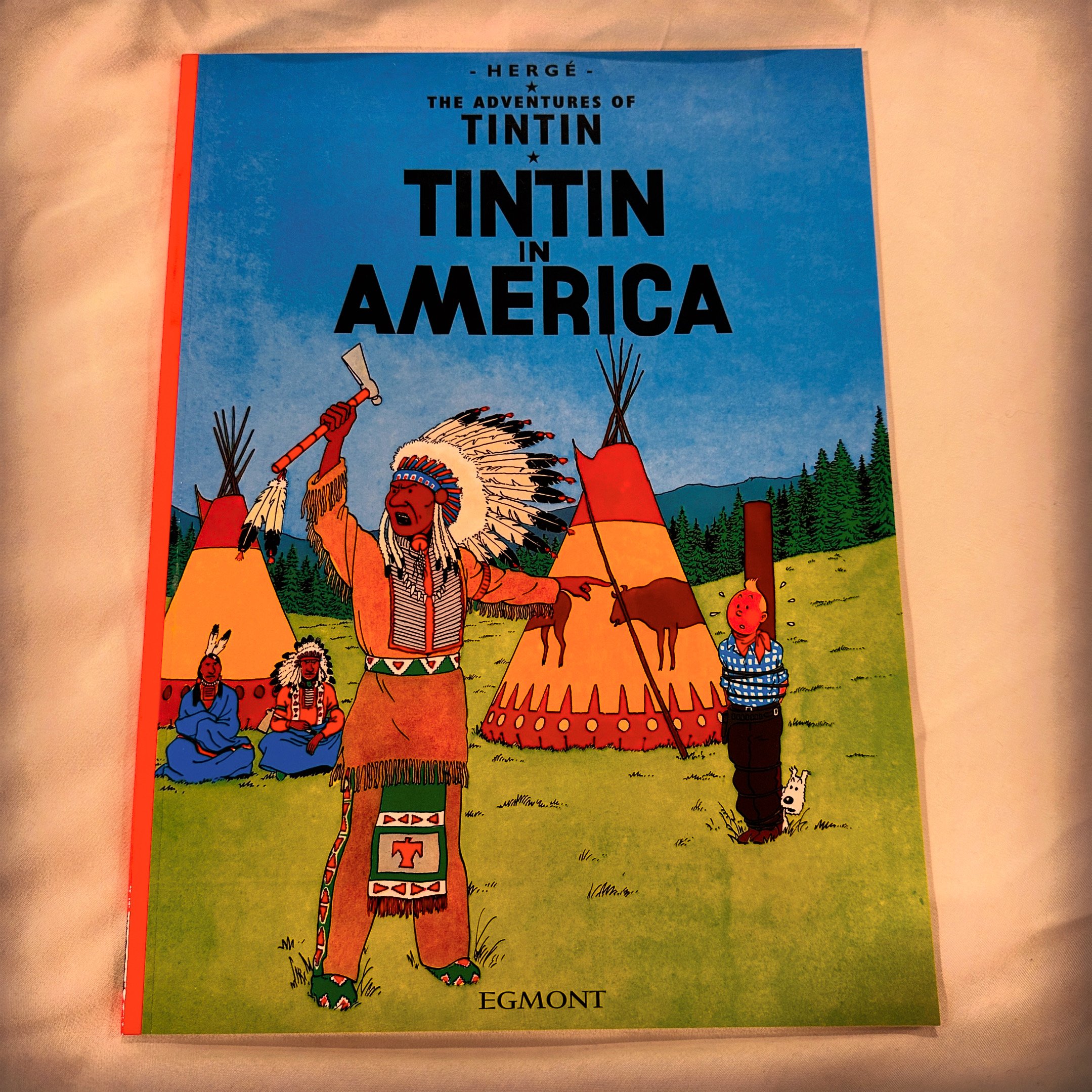Storycomic Weekly Newsletter: August 30th
When I was a kid, our school library had the full Tintin series—or at least I thought it did. Every album was there on the shelf… except Tintin and the Picaros. For years, it was the elusive missing piece of the collection, the one story I never got to read. Fast forward to now, and I finally sat down with it for the first time. And let me tell you—there’s something pretty special about getting a “new” Tintin adventure as an adult.
Storycomic Weekly Newsletter: August 16th
One of the joys of revisiting this book is seeing Hergé lean fully into his late-series flair for eccentricity. The stakes are high—hostage situations, volcanic islands, secret tunnels—and yet, between Allan’s thuggish antics and Haddock’s volcanic temper, it’s impossible not to chuckle. And then there’s Laszlo Carreidas, the ultra-rich tycoon whose paranoid, penny-pinching quirks make him an instant classic in the Tintin cast.
Storycomic Weekly Newsletter: August 9th
The adventure begins when opera diva Bianca Castafiore descends upon Captain Haddock’s estate. From there, a missing emerald, eccentric paparazzi, paparazzo mix‑ups, a persistent broken step, and a mischievous magpie turn everything into a comedy of red herrings. Yet the real brilliance is Hergé’s genius at building suspense from nothingness—with a perfectly structured farce reminiscent of classic stage comedy.
Storycomic Weekly Newsletter: April 26th
What follows is a breathtaking and emotionally intense adventure through snowy peaks, treacherous mountain paths, and eventually an encounter with the elusive Yeti. The bond between Tintin and Chang is the emotional heart of this story, and it was incredibly moving to see Tintin never give up hope, even when everyone else had.
Storycomic Weekly Newsletter: April 12th
This week I read The Red Sea Sharks, the 19th book in Hergé’s Tintin series, and I have to say—it’s easily one of the most exciting and tightly plotted adventures so far. As someone rereading these books with adult eyes (and a healthy dose of nostalgia from those elementary school library days), this one really hits all the marks.
Storycomic Weekly Newsletter: March 8th
One thing I really appreciated about this book was how well Hergé handled suspense. There’s a sense of urgency throughout, with chase scenes, clever disguises, and unexpected twists. Captain Haddock is in top form here—his grumpy, whiskey-fueled reactions are always hilarious, especially when dealing with all the chaos around him. And of course, the Thompsons provide their usual slapstick moments.
Storycomic Weekly Newsletter: February 22nd
This book is a direct follow-up to Destination Moon, picking up right where the last adventure left off. Hergé’s attention to detail is incredible—his depiction of space travel was way ahead of its time, considering this was written before the real-life moon landing. The art is stunning, with beautifully drawn moon landscapes and an exciting mix of realism and adventure that makes you feel like you’re right there with Tintin and the crew.
Storycomic Weekly Newsletter: January 25th
From the detailed illustrations of the rocket's construction to the clever depiction of espionage attempts, every panel brims with meticulous research and Hergé’s signature humor. It’s a gripping blend of intrigue and innovation as the team faces sabotage, mistrust, and plenty of Haddock's grumbling—thankfully punctuated by his colorful vocabulary!
Storycomic Weekly Newsletter: January 11th
What sets "Land of Black Gold" apart is its remarkably prescient take on issues that are still relevant today, such as energy crises and geopolitical tensions. Hergé's storytelling is as sharp as ever, weaving complex scenarios in which Tintin navigates with his characteristic wit and bravery. The artwork is meticulously detailed, capturing the exotic landscapes and bustling city scenes that enrich the narrative.
Storycomic Weekly Newsletter: November 30th
What I particularly appreciate about this book is how well-defined the characters are; their personalities shine through, making their interactions and the unfolding events even more engaging. Each character's quirks and their chemistry add a layer of depth that enriches the narrative, ensuring that the suspense of the plot is balanced with moments of humor and camaraderie.
Storycomic Weekly Newsletter: October 26th
One of the standout aspects of this story is how it continues to build the relationship between Tintin and Captain Haddock. While we already met Haddock in previous books, this is where his backstory, particularly the history of his ancestor, Sir Francis Haddock, becomes a central theme. I especially loved how this installment gave Haddock more depth and humor, especially through his eccentric and memorable rants.
Storycomic Weekly Newsletter: October 19th
It combines the classic Tintin mystery and excitement with the added layer of delving into Captain Haddock’s family history, giving us a deeper look into one of the most beloved characters in the series.
Storycomic Weekly Newsletter: September 28th
What I love most about this book is how it perfectly blends classic Tintin elements—his unwavering bravery, Captain Haddock’s comedic grumbling, and the beautiful, detailed artwork—with a new, fantastical angle. It’s a great exploration of how Hergé could push his storytelling into different genres while maintaining the charm and excitement that Tintin fans love.
Storycomic Weekly Newsletter: August 3rd
As the 8th book in the Tintin box set, "Tintin: The Crab with The Golden Claws" marks a significant milestone in the series with the introduction of the beloved Captain Haddock. This addition to the storyline does not disappoint and adds a delightful new dimension to Tintin's adventures.
Storycomic Weekly Newsletter: June 29th
The humor is particularly effective, with clever details in both the dialogue and the illustrations. For instance, early in the book, Snowy’s sarcastic remarks and physical comedy—such as walking into a garbage can immediately after chastising Tintin—add a layer of charm that endears these characters to the readers. These small, humorous touches make "Tintin and the Broken Ear" a delightful read.
Storycomic Weekly Newsletter: June 8th
One of the highlights of "The Blue Lotus" is the introduction of Tintin’s friend Chiang, who plays a crucial role in the story. Their friendship adds a layer of warmth and camaraderie to the narrative, enhancing the emotional depth of the tale. The graphic design by Hergé is impeccable, with each panel meticulously crafted to bring the story to life. The depiction of opium dens and secret societies adds a layer of mystery and intrigue that is both thrilling and educational.
Storycomic Weekly Newsletter: May 18th
As an adult, I've come to appreciate the deeper storyline involving opium smuggling, something totally over my head as a kid. It’s a sophisticated plot for a young reporter known for outsmarting adults and dodging danger at every turn. Also, this book introduces the Thom(p)sons—those bumbling detectives that add just the right amount of comic relief.
Storycomic Weekly Newsletter: May 4th
Despite its charm and wit, the book presents certain stereotypes that are jarring to the modern reader. However, appreciating it as a window to the past—both in terms of the societal norms of the early 20th century and as a reflection of the era’s popular media—adds a layer of educational value to the experience. The artwork, with Hergé’s iconic clean lines and meticulous detail, brings to life the bustling cities and untamed wilderness with a vibrancy that transcends the decades.
Storycomic Weekly Newsletter: April 13th
What stands out in this early work is the essence of Tintin's character—his courage, wit, and unwavering sense of justice. Though presented in a more rudimentary form, these elements are the building blocks of the complex narratives and richly drawn worlds that would later define the Tintin series. The comic's engagement with the political landscape of its time adds a layer of depth, making it an entertaining read and a commentary on the era's geopolitical tensions.



















